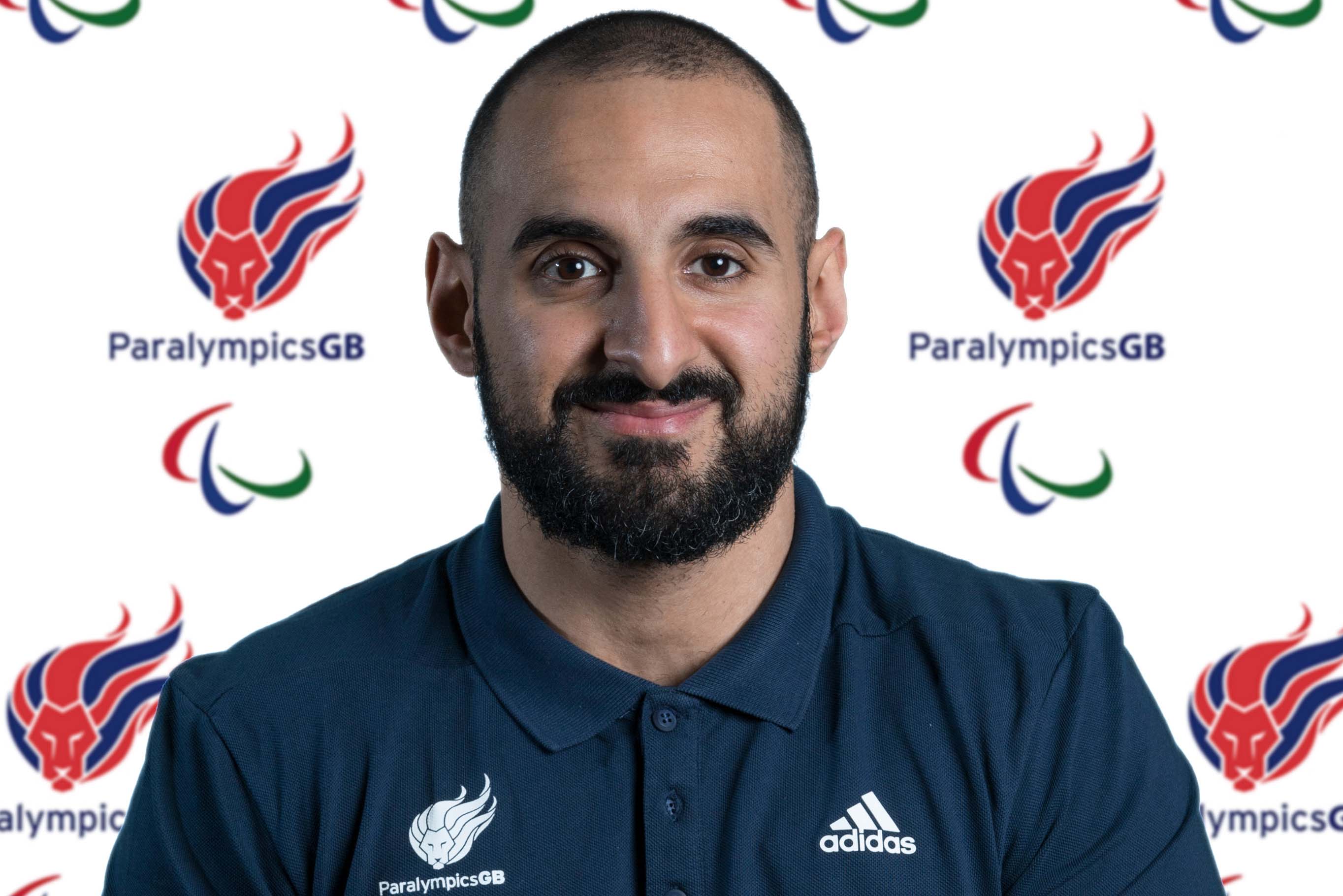The new World Anti-Doping Agency (WADA) international standards have been updated for the WADA code 2021. The WADA code is underpinned by 8 international standards that attempt to harmonise anti-doping practices within sport organisations and public authorities. A significant document within the standards is ‘the prohibited list’ which is updated annually. The prohibited list is a document containing prohibited substances and associated banned methods which are forbidden in competitive sports. For a substance or method to be prohibited it must meet two of three criteria (1) an enhancement to performance, (2) a risk to health and (3) violates the “spirit of sport”.
However, it is well documented that the ‘prohibited list’ is very extensive and complicated to understand which lead some athletes to inadvertently dope when using dietary supplements or over the counter medications. To reduce inadvertent doping among athletes, there are many resources that they have access too:
- WADA online educational resources
- National Anti-Doping organisations (NADO’s) support and advice
- International Federations (IF’s) resources
- Team doctors and/or sports physicians
- Trained anti-doping advisors and educators educating athletes on their rights and responsibilities
- Online minimisation platforms such as Global Dro (medicine only) and Informed sport (3rd party certification programmes for supplements only) to reduce the likelihood of contamination (but not a 100% guarantee).
Even though these resources are very welcomed, and much needed amongst the athlete community, there is one resource which is a surprising admission, the role of sports pharmacists. Sports pharmacists have a vast knowledge of medicines, substances and any linked adverse effects. Therefore, it seems sensible that pharmacists should be utilised by the anti-doping system to assist within athlete education, advice on prohibited and over the counter substances, upskilling the knowledge of athlete support personnel (ASP) and working in conjunction with team doctors. There is an emerging appetite for the inclusion of pharmacists in anti-doping with the adoption of “The Role of the Pharmacist in the Fight Against Doping in Sport” by the International Pharmaceutical Federation (FIP) in 2014.
The FIP guidelines refer to the WADA code and provide a set of recommendations related to doping control pertinent to pharmacists and pharmaceutical associations. Recommendations for pharmacists include: (i) keeping updated on the annual contents of the WADA Code, (ii) offering athletes informed guidance on whether the use of a substance is prohibited or restricted in their sport, and (iii) educating athletes about the risks and benefits of dietary supplements and medicines, which may compliment the online minimisation platforms. Consequently, the training of pharmacists could include anti-doping and the WADA code. Therefore, these recommendations mean that pharmacists must continue following developments within current and emerging practices within anti-doping.
However, there could be a few arguments that go against the inclusion of pharmacists within anti-doping. Firstly, there may be confusion amongst athletes and ASP about differentiating between the roles of a sports physician and a pharmacist. Secondly, there would be a debate at where sports pharmacists sit in the hierarchical framework within the system. Lastly, athletes on professional teams or who are publicly funded by their National Olympic or Paralympic committees have extensive access to resources in order to support them and therefore pharmacists may come at an extra expense that the system may not be able to afford. I struggle with such arguments as pharmacists have wide-ranging skill sets to employ within the system as doping control officers, anti-doping educators, consultants to NADO’s and IF’s which means they are potentially the most cost-efficient and knowledgeable personnel in relation to the WADA code.
Another issue which highlights the adaptability of sports pharmacists is the protection of younger athletes or athletes who have limited access to professional teams and or governmental funding. Many athletes who are inducted in national teams initially struggle to grasp their level of responsibility with anti-doping in regard to supplements and medications. Sports pharmacists can be the bridge between aspiring non funded athletes and their journey to professional sport in order to educate, guide, and make sure the athlete has a sound grounding ready for their next steps in elite sport. As pharmacists are widely available and accessible within the local community they have access to arguably more athletes than the anti-doping system, which could be advantageous, cost efficient resource for the system to utilise when creating knowledge, responsible athletes, especially as athletes are subjected to the ‘strict liability’ criteria.
I have been very fortunate in my career to combine my passion for anti-doping with that of top stakeholders to guide me in my anti-doping journey. However, even though the system has progressively attempted to create a more athlete focused system, the inclusion of sports pharmacists could add another layer of protection for athletes and would demonstrate more openness to flexibility when protecting the athletes that are the most vulnerable. I’m hoping in the near future WADA acknowledges the increasing important role of sports pharmacists within the WADA code and potentially create an anti-doping international standard for sports pharmacists.
With special thanks and collaboration with Athena Brindle Cannon PharmD who is a pharmacist in Minnesota, U.S and a pharmacy resident with the University of Minnesota College of Pharmacy. She has been involved in the anti-doping initiative through her internship at the U.S Anti-doping Agency (USADA), involvement with the Partnership for Clean Competition (PCC), and by providing education on anti-doping policy and the Prohibited List to athletes, pharmacists, healthcare students, and sports medicine professionals.

